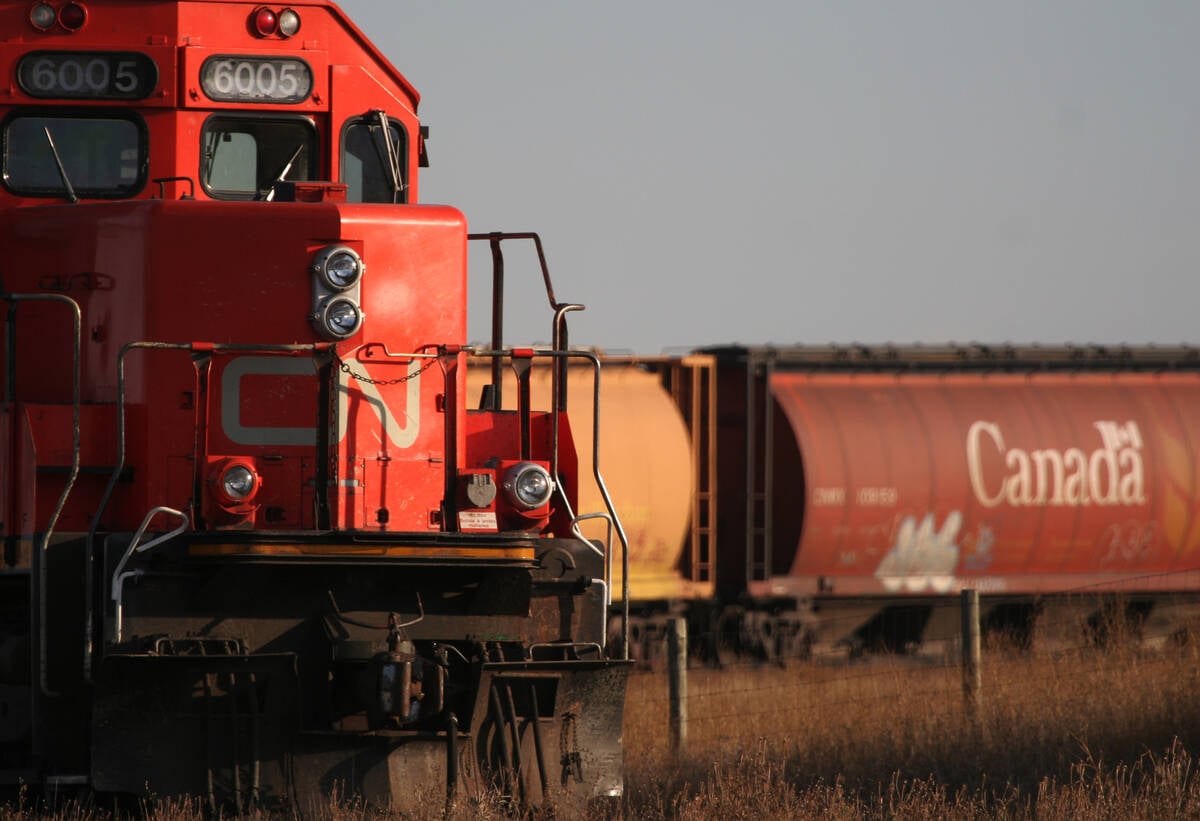ROBLIN, Man. — Hybrid rye could capture a large share of Manitoba’s rye acres in 2015-16.
FP Genetics of Regina introduced Brasetto rye into the Canadian market last year, and winter cereal growers are quickly latching on to the new variety.
Denise Schmidt, national sales manager for FP Genetics, said western Canadian farmers seeded 1,500 acres of Brasetto last fall.
She’s expecting a substantial acreage jump even with the higher cost of hybrid seed at about $50 per acre.
“This year we’re predicting that we’re going to (have) 11,000 to 15,000 (acres) in Manitoba,” she said following a presentation on hybrid rye at the Canada-Manitoba Crop Diversification Centre south of Roblin last month.
Read Also

Working groups established to address challenges in the containerized and bulk movement of commodities
CN is working with the pulse and special crops sector on resolving challenges in shipping those commodities.
Schmidt said Saskatchewan producers might seed 4,000 to 5,000 acres of Brasetto, and Alberta should have similar acreage.
Manitoba producers have seeded an average of 70,000 acres of fall rye over the last five years. If Brasetto captures 15,000 acres in Manitoba, that could represent more than 20 percent of this fall’s acreage.
Saskatchewan acres have hovered around 90,000 since 2013, and Alberta acres have been 30,000.
FP Genetics is focusing on the Manitoba market because it plans to sell rye to American millers.
“We were working with end users … just across the line in the U.S., some here in Manitoba, in the distilling market,” Schmidt said.
Millers are interested in Brasetto because the hybrid produces a rye seed with a superior falling number, which measures sprout damage in cereal grains. Rye and wheat with a higher falling number has less sprout damage.
“The falling number of it (Brasetto) is consistently in that 296 and over 300,” Schmidt said.
Millers will pay $6.25 to $6.50 per bu. for rye with a higher falling number, she said.
“(But) as soon as the falling number drops below 250 to 200, you’re dropping to that $4 mark.”
FP Genetics plans to move forward carefully to prevent over-supplying the market.
“We’re not flooding the market with seed,” Schmidt said.
“If producers want to use this, we want to make sure we don’t put too much rye out there. Then you have a glut in the market and the price goes down to $3…. Most of the (Brasetto acres) will be contracted. That’s the part the millers are looking for. The consistency of supply and the quality.”
Rye proponents hoping hybrid rye revives the crop in Western Canada.
Rye is primarily grown around Medicine Hat, Alta., north of Swift Current, Sask. and in parts of western Manitoba.
Jamie Larsen, an Agriculture Canada rye breeder in Lethbridge, said hybrid rye could broaden acres beyond those areas.
“A lot of people who grow rye grow it on lighter soil, and that is kind of the measure of yield potential. With the hybrid rye, it will yield quite well, so the targeted growing area isn’t necessarily where traditional rye is grown but potentially anywhere in Western Canada.”















